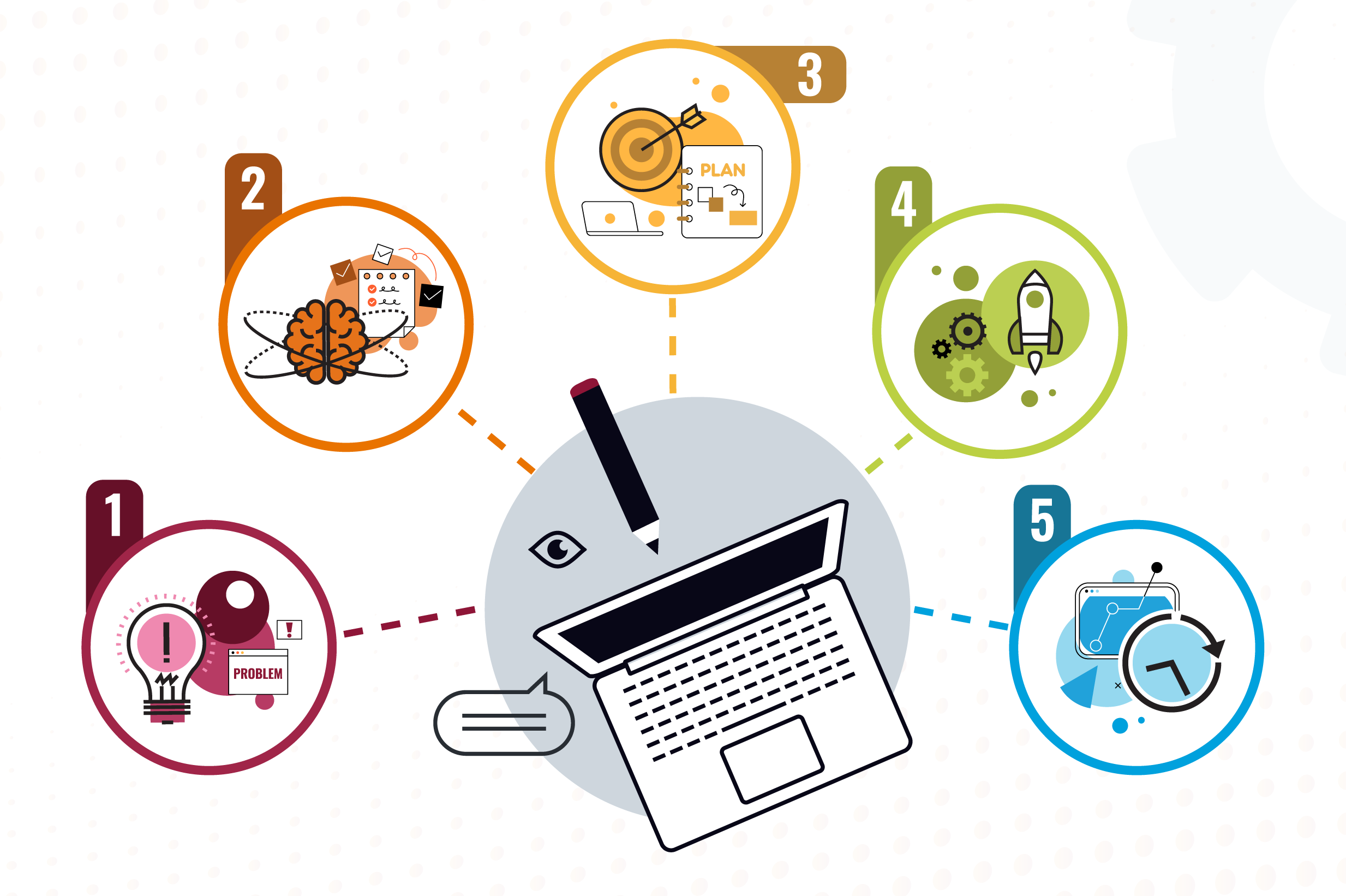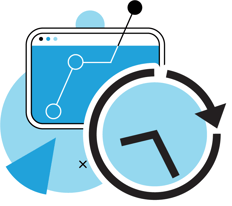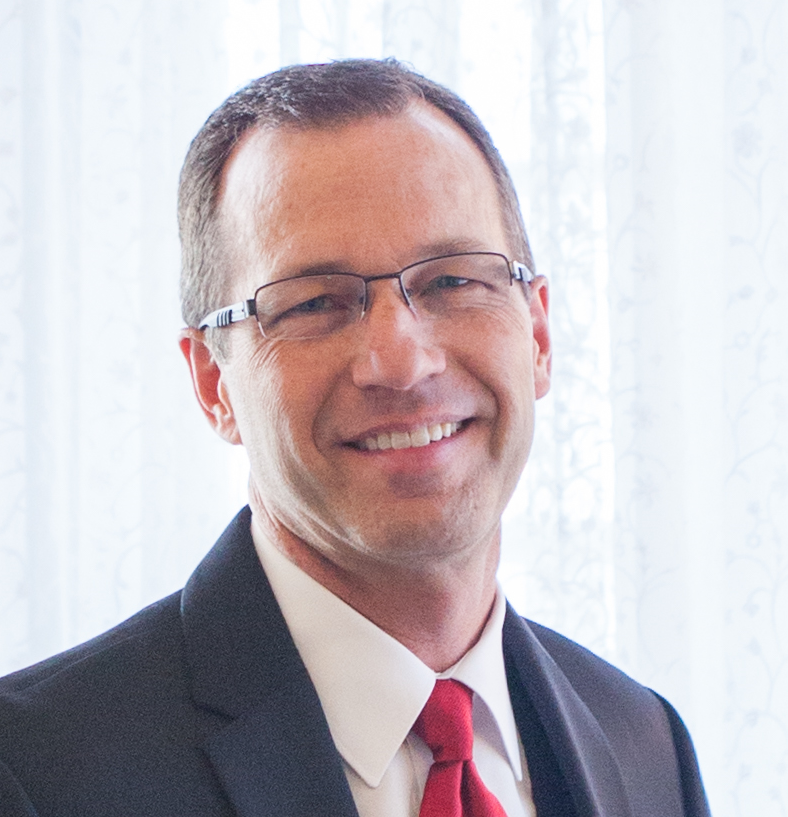Five Stages to Implementing a Winning Facility Management Strategy

Ken Jordan

Campus facilities teams are under more pressure than ever. With limited budgets, aging buildings, rising expectations for sustainability, and growing maintenance backlogs, it's no surprise that managing facilities in higher education can feel overwhelming. Choosing the right strategy and systems can make a real difference, but it's not just about the technology - it's about how you use it.
Whether you're evaluating an Integrated Workplace Management System (IWMS), a Computerized Maintenance Management System (CMMS), or something else, the goal is the same: to centralize your data, improve day-to-day operations, and support long-term planning. It should be no surprise that a successful implementation requires more than just flipping a switch. It takes thoughtful planning, alignment across departments, and ongoing commitment.
An IWMS or CMMS are two effective solutions that can provide multiple features designed to boost efficiency and reduce costs across your facility's organization. With features such as space management, operations and maintenance, and energy monitoring, either solution can help you make informed decisions about your facility management strategy. Read more about the differences between an IWMS and CMMS here.
Whether you're exploring options for the first time, replacing a legacy system, or simply gathering information to plan ahead, these five practical stages reflect what we've seen work over more than 30 years of partnering with higher ed facilities teams. They're shaped by real-world experience from our veteran team of facilities professionals and are designed to help you build a strategy that works for your campus.
 1. Initiation - Define the Problem and Align Stakeholders
1. Initiation - Define the Problem and Align Stakeholders
The first step is clearly defining the problem you're trying to solve. Are you managing work orders across multiple platforms? Are you struggling to get accurate reporting on space usage or asset condition? Do routine maintenance tasks fall through the cracks due to outdated systems?
In this stage, it's essential to involve a cross-functional group of stakeholders early on in the process. Key players might include:
- Facilities operations managers
- Maintenance and trades supervisors
- IT and system administrators
- Capital planning and finance staff
- Space planners or campus architects
- Academic or administrative department leaders, as needed
Want help mapping out your stakeholder team? Read: Key Players in Your Higher Education Organization to Involve When Implementing Facility Management Software.
2. Analysis: Assess Your Current State
To better prepare for the future of your facilities management strategy, you must first take a look back and assess your current facility management practices. Conduct an assessment of your current facility management practices to identify areas that need improvement. This will help you determine where to focus your efforts and resources. S me of these areas could include:
- Are you capturing all necessary asset and space data?
- How is your preventive maintenance program performing?
- Do you have a clear inventory of work orders and response times?
- Where are bottlenecks occurring in operations?
- What does your customer satisfaction look like?
This stage is about documenting the current state of your facilities management practices. It provides a baseline for improvement and highlights which processes can be streamlined, automated, or centralized within your future system.
3. Planning: Set the Foundation for Success
With your goals defined and current processes assessed, it's time to map out the implementation. This includes selecting a solution that meets your long-term needs and aligns with your institution's strategic priorities.
Key planning tasks may include:
- Identifying roles and responsibilities for the implementation team
- Outlining workflows for work order processing, preventive maintenance, space tracking, and capital planning
- Collecting and cleaning existing data to prepare for migration
- Establishing success metrics and reporting requirements
- Setting realistic timelines and communication checkpoints
It's also a good time to research platforms that are purpose-built for higher education. Not all IWMS or CMMS solutions are created equal, and those built with colleges and universities in mind tend to address your challenges more directly (hint – that's us!)
4. Implementation: Execution with Structure and Support
The plan is in place; you're now ready to bring your new or replacement system to life. Execution is the phase where your facility management solution is built and implemented into the full aspects of your organization. This includes software configuration, data migration, user training, and initial rollout.
During this stage, you and your teams should be focusing on:
- Ensuring your vendors and internal teams understand their responsibilities
- Running user acceptance testing with real scenarios, such as submitting and completing a work order
- Validating data to confirm it migrated correctly
- Holding regular check-ins with stakeholders to monitor progress and resolve issues
It's also important not to treat training as an afterthought. Too often, it's rushed at the end of a project or viewed as a chore, but effective training is essential to long-term success. Offering both initial and ongoing education sessions tailored to different user roles helps ensure staff feel confident using the system. More importantly, users need to understand the system's value—how it reduces manual effort, improves communication, and supports smoother operations. Throughout implementation, maintain strong coordination with your internal team, vendors, and key stakeholders. Clearly defined roles and open communication will keep everyone aligned and help avoid confusion as the system goes live.
Mitigate Excuses
Implementing employee support and regular education sessions will help mitigate excuses for not understanding the facility management solution. It's also essential to demonstrate why it benefits them and how it can improve their day-to-day routines.
5. Monitoring and Optimization: Support Long-Term Value
Going live is only the beginning. The most successful campus implementations treat facility management systems as living platforms that evolve with the needs of the institution. Regular KPI monitoring and making minor adjustments as needed will help in continuing the success of the system over time. Reviewing these metrics will help you identify what's working well and where adjustments may be needed. Encourage feedback from users and make time to revisit goals with stakeholders.
Overcoming Hurdles
In the first few months after implementation, you may need to overcome some hurdles. However, try to refrain from making changes to your system for at least 3-6 months, as most issues will likely resolve themselves as people become more familiar with the system. Give your team time to adapt and gather insights before refining workflows or configurations.
There's No Final Stage - Only Forward Progress
A facility management system should grow with your institution. Whether you're optimizing building operations, improving preventive maintenance, or developing data-driven capital plans, the key is staying engaged and committed over time.
People naturally resist change, especially when it comes to day-to-day processes. That's why it's important to continually reinforce the value of your system and support your team with training, communication, and transparent reporting. A modern IWMS or CMMS platform can transform how your institution manages space, assets, and operations—but only if it's embraced and maintained.
By following these five stages, your institution will be better positioned to implement a facility management solution that delivers measurable results, improves visibility, and supports a more strategic approach to campus operations.
Subscribe to AssetWorks' Blog & Newsletter
We send out periodic updates to our facilities community.
Read On

Facilities Management Software Jargon... Simplified
When it comes to facility management software, you have a host of options. With so many choices,...
Learn more arrow_forward
What to look for in a Facilities Management Software Solution
Not all facilities management software solutions are created equal. With a vast array of options...
Learn more arrow_forward
Do I need a CMMS or an IWMS at my Facility?
Which is best for your facility – a Computerized Maintenance Management System (CMMS) or an ...
Learn more arrow_forward


